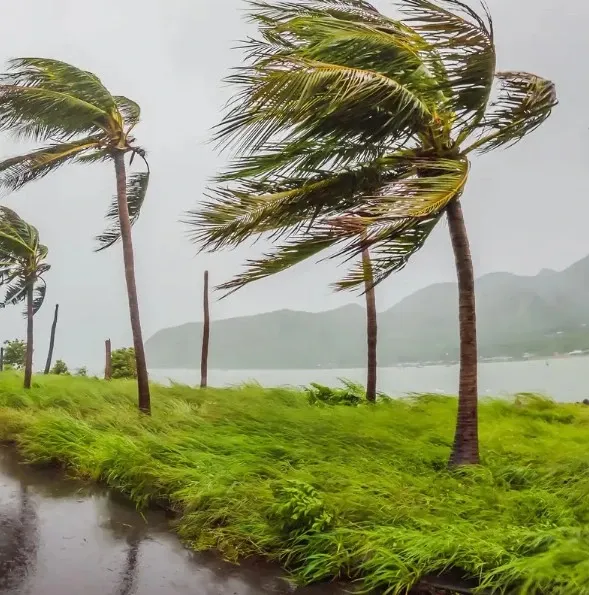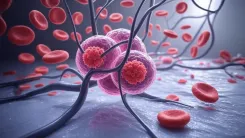Could Aerosols Be the Key to Weakening Dangerous Cyclones?

Synopsis
This innovative Australian study explores how the strategic dispersal of aerosols could transform cyclone management, potentially offering new strategies to combat the worsening effects of climate change-driven extreme weather. With the ability to disrupt cyclone formation in its early stages, this research opens new avenues for mitigating natural disasters.
Key Takeaways
- Aerosols can disrupt cyclone formation in early stages.
- Different aerosol sizes have varying impacts on cyclone intensity.
- Understanding cloud physics is crucial for cyclone intervention.
- Research highlights the importance of accurate weather forecasting.
- Testing in remote areas may be a viable solution for aerosol deployment.
New Delhi, June 14 (NationPress) A recent study from Australia suggests that strategically dispersing aerosols—microscopic particles suspended in the air—into forming cyclones might disrupt their development during critical early stages.
This groundbreaking research, conducted by scientists at the Australian National University (ANU), presents a potential method for reducing the devastating effects of extreme weather events exacerbated by climate change, as reported by the Xinhua news agency.
Unlike earlier approaches that aimed at modifying storms during their mature phase, this study focuses on the initial stages of cyclone development, where interventions may yield greater results. Roslyn Prinsley, the study's lead author and an Associate Professor at the ANU Institute for Climate, Energy and Disaster Solutions, emphasized the importance of this timing.
For the first time, the research highlights the effects of aerosols of various sizes on cyclone formation. Coarse aerosols initially slow down cyclone intensification, while fine or ultrafine aerosols may speed it up at first but ultimately weaken the storm more effectively.
Understanding the intricate physics of cloud formation is essential to weakening cyclones. This includes how tiny particles interact, the release of heat, and the interplay of these processes.
"Using aerosols of different sizes yields varying impacts on cyclones, all of which show promise," said Prinsley.
The study reveals that coarse aerosols dampen vortex acceleration initially, whereas fine or ultrafine aerosols enhance it initially but lead to a greater weakening later on.
However, delivering these aerosols to the necessary locations presents a challenge that requires multiple aircraft to disperse them over several hours, as noted by Prinsley.
Published in the Journal of Geophysical Research: Atmospheres, a publication of the American Geophysical Union, the computer simulations illustrate the complex interactions between aerosols and cyclone evolution. Prinsley reiterated the need for accurate forecasting models to enable effective intervention.
Although deploying aerosols via aircraft is logistically complex, Prinsley suggests conducting tests in remote waters off Western Australia—areas where cyclones pose no threat to land.









